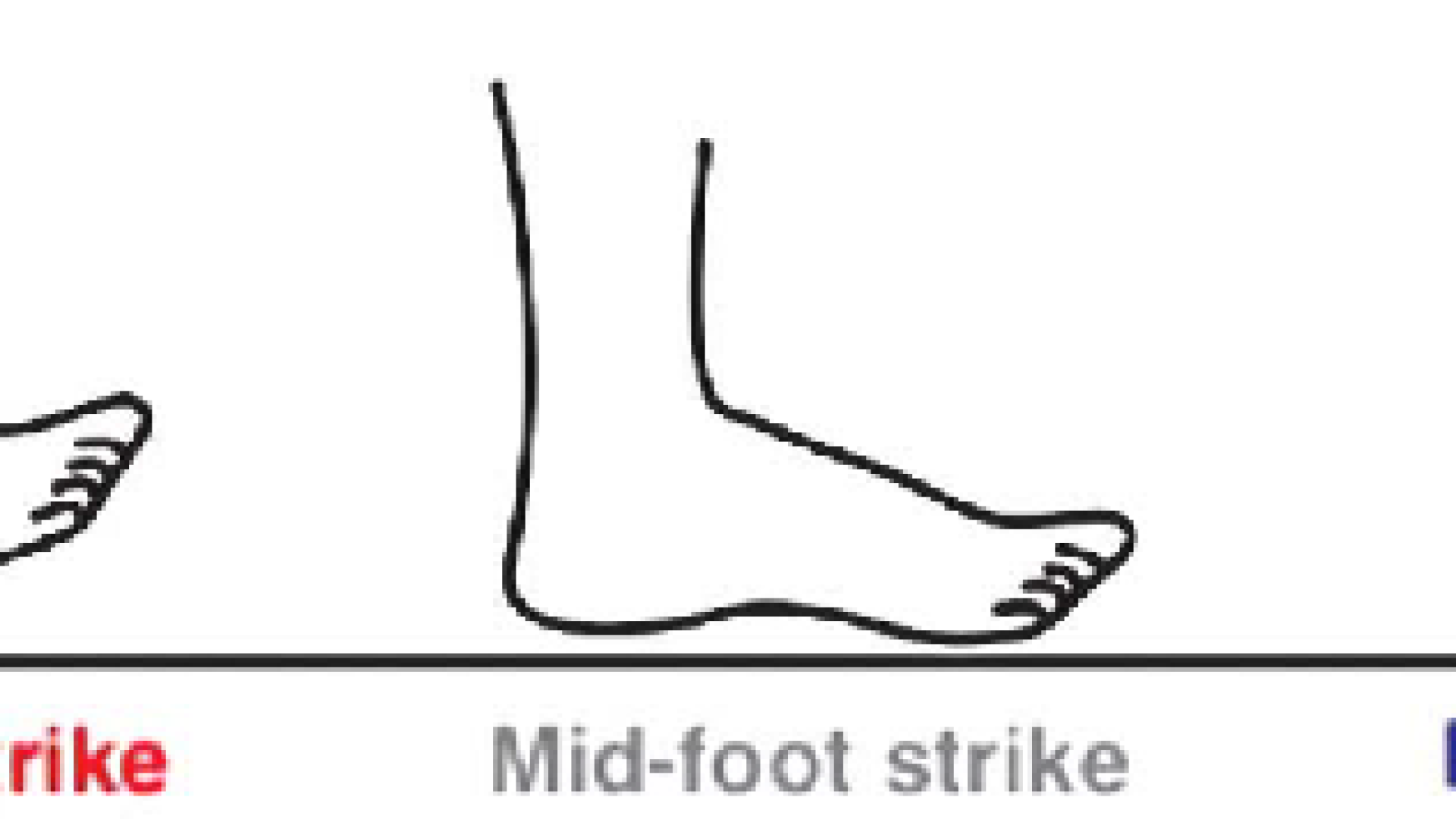Response to NY Times Article: Foot Strike Patterns & Injury Rates
By Dr. Emily Splichal
On February 8th, the NY Times published an article on the different injury rates between rearfoot and midfoot runners. The article references a 2012 research study that compared 52 endurance runners for injury rates. Among the runners 59% were rearfoot strikers while the remaining were midfoot strikers. It was found that the average injury rate was 74%, with the rearfoot strikers reporting an injury rate twice that of the midfoot strikers. This study concluded that foot strike pattern can predict injury rate among runners.
As a Podiatrist and Fitness Educator on barefoot programming, I am frequently asked my opinion on barefoot running and if I think it is beneficial and appropriate for all runners.
My response is always the same.
In biomechanics and in medicine, it is difficult to classify every athlete or patient into the same category. Due to different foot types, some runners will respond well to barefoot running while others have more difficulty and find barefoot running awkward and unnatural.
So I cannot fully say that all runners should throw away their traditional running shoes and opt to go barefoot or minimalist. Instead I prefer to address these injury rates by encouraging effective recovery and preventive techniques integrated with barefoot training to increase intrinsic muscle strength eccentric eccentric endurance of the foot stabilizers.
Runners & Overuse Injury
The high injury rate among runners as demonstrated in this 2012 study is not new research. Previous studies have reported an injury rate averaging 34 – 70% with the most common injuries being directly related to overuse or inadequate dissipation of ground reaction forces. By taking a closer look at the body’s mechanism for attenuating ground reaction forces we can better design barefoot training programs to improve a runner's foot strength and therefore reduce their risk of injury.
Innate Loading Response
Beginning with foot strike, ground reaction forces are initially attenuated through the contraction and deceleration of the posterior tibialis and soleus muscle. As the foot continues to push-off, the intrinsic foot musculature contracts and the knee begins to flex to absorb the remainder of ground reaction forces. The effectiveness of this innate loading response is dependent upon the eccentric strength of the extrinsic musculature and the concentric strength of the intrinsic musculature. This means that to optimize the foot’s ability to attenuate ground reactions forces, these muscles should be trained for the phase in which they used during running.
Recovery is Key
In addition, adequate recovery is a key component in the reduction of overuse injuries among runners. Studies have shown that eccentric muscle contractions crease adhesions and trigger points at a higher rate when compared to concentric or isometric contractions. This means that runners exposed to increased levels of ground reaction forces require daily muscle recovery that will specifically address adhesion or trigger point formation. The technique I recommend in my programming and to my patients is myofascial compression technique (MCT) with the Foot Baller by Trigger Point Performance (www.tptherapy.com) The effectiveness of MCT is found both before running (Pre-Gen) and after running (Re-Gen).
Barefoot Training & Injury Prevention
Through proper barefoot programming we are better able to reduce overuse injuries observed in both the rearfoot and midfoot striker. Unfortunately there is no perfect way to strike the ground to reduce all ground reaction forces. So instead, encourage your client or athlete to choose the running technique that is most natural for their body’s biomechanics. Supplement their running technique with barefoot training and recovery techniques that will improve their eccentric strength and reduce their risk of overuse injury.
Dr Emily Splichal, DPM, MS, CES
***
For more information on eccentric training and how to design the most effective eccentric programming, please check out last week’s EBFA Blog Post –
***
For more information on the Barefoot Training Specialist Program from EBFA, please visit our website - www.ebfafitness.com













